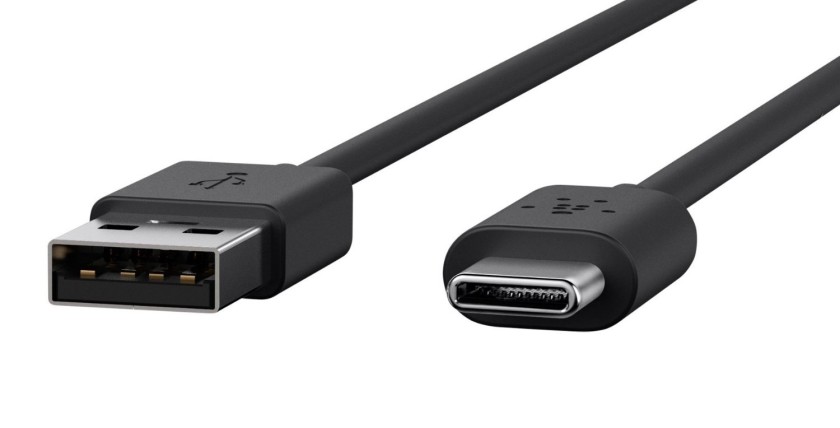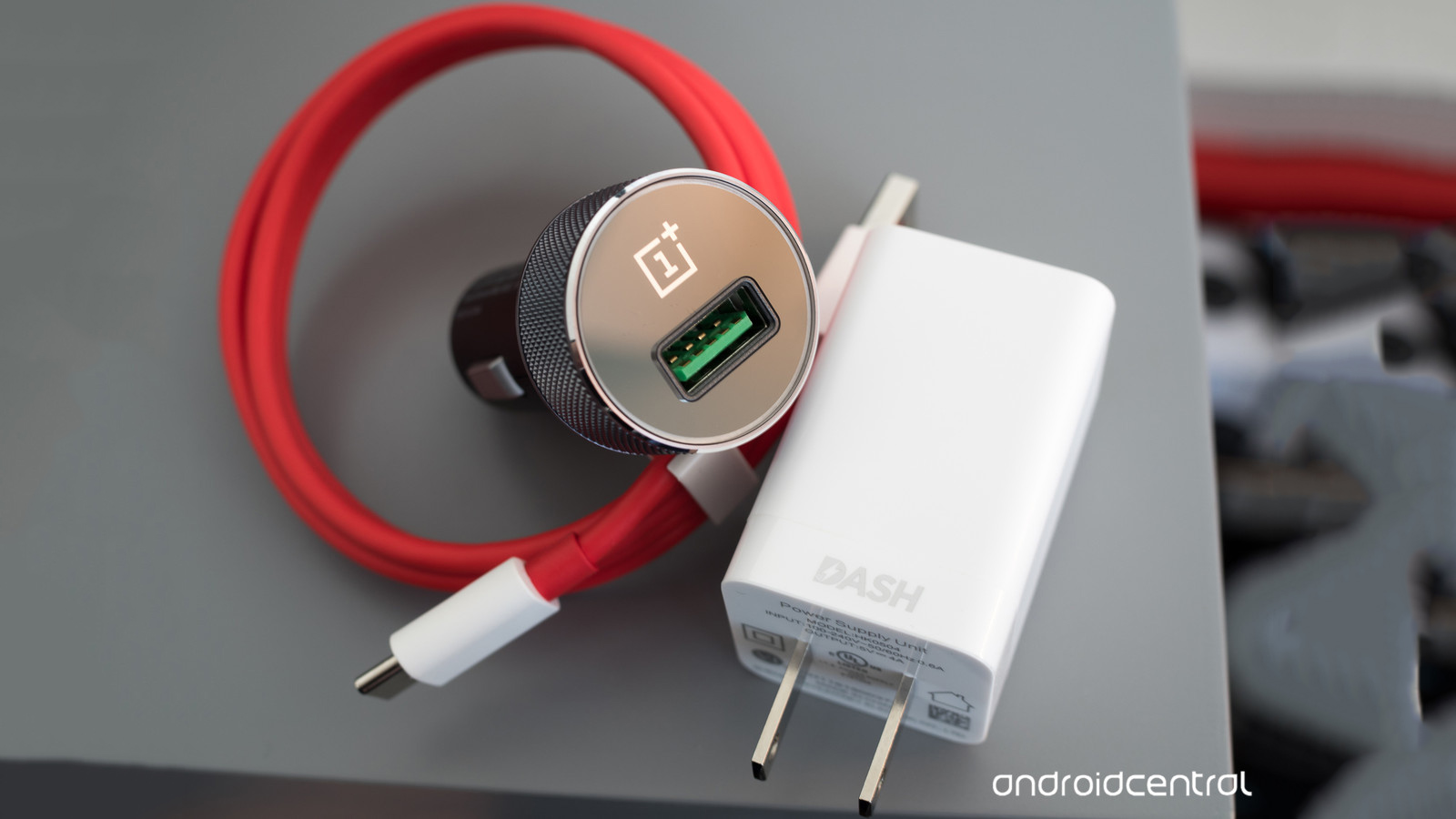
Right now, fast charging for Android phones is kind of a mess, with a handful of confusingly similar standards each championed by a portion of smartphone and accessory makers. The introduction of USB-C could have made things simpler, but instead it’s just added to the confusion. Now, Google are trying to set things straight with new rules for Android.
New rules from Google
These rules are laid out in the company’s Android Compatibility Definition Document, and appear in a new section dedicated to USB-C charging. The rules state that proprietary charging methods, like Qualcomm’s Quick Charge or OnePlus’ Dash Charge, are no longer allowed. Here’s the full text:
Type-C devices are STRONGLY RECOMMENDED to not support proprietary charging methods that modify Vbus voltage beyond default levels, or alter sink/source roles as such may result in interoperability issues with the chargers or devices that support the standard USB Power Delivery methods. While this is called out as “STRONGLY RECOMMENDED”, in future Android versions we might REQUIRE all type-C devices to support full interoperability with standard type-C chargers
Note the language here — STRONGLY RECOMMENDED going forward, with the possibility that these changes become REQUIRED in the future. Makers of Android phones and tablets must abide by the rules laid out in this document if they want to include Google apps and services like the Play Store, so this specification definitely holds some weight and won’t be ignored.

What will this actually mean?
What will that mean for consumers going forward? Well, it means that popular third-party standards like Quick Charge and Dash Charge likely won’t be included in future phones, depending on how much phone makers push back against the new rules. However, fast charging as a whole will still be possible, using the USB Power Delivery specification that Google themselves have used on their recent Pixel and Pixel XL smartphones.
The real difference will be in terms of USB-C accessories. Once the standard becomes a requirement, no longer will you need to carefully match your charger with your phone. Instead, any charger that supports the USB Power Delivery specification will just work. If you have a future OnePlus phone for example, you should be able to use an HTC charger and still get fast charging. This should also reduce the incidents of overheating, fires and shorting that we’ve seen from some early USB-C chargers of poor quality.
All in all, it’s pretty good across the board. If and when the standard becomes adopted by all major phone makers, the accessory ecosystem should get simpler and safer — and with Google’s backing, it should happen.

What Google is trying to avoid (source: XKCD)
Wrapping up
We hope this article has shed some light on what is an interesting but cryptic subject. If you have any feedback or comments, please let us know below!